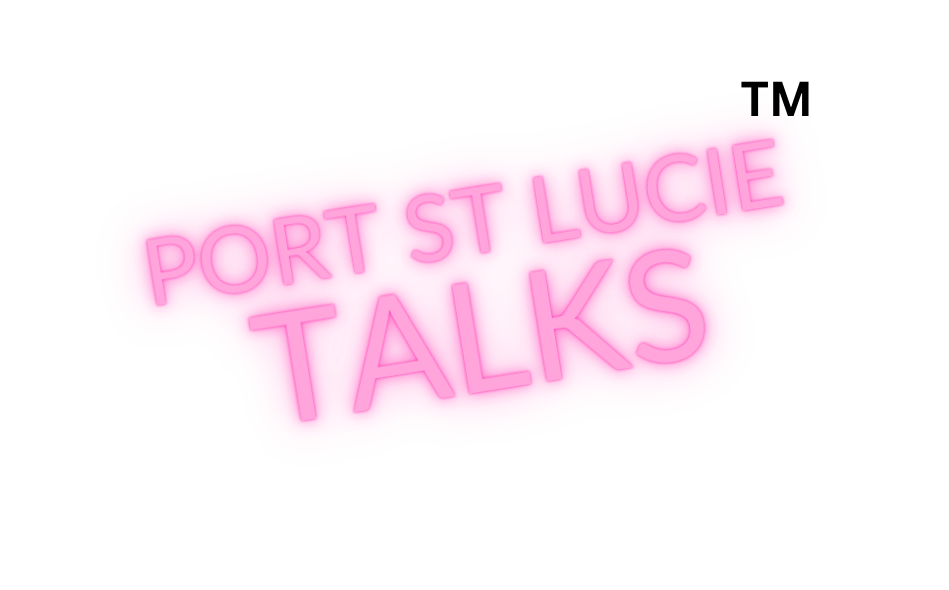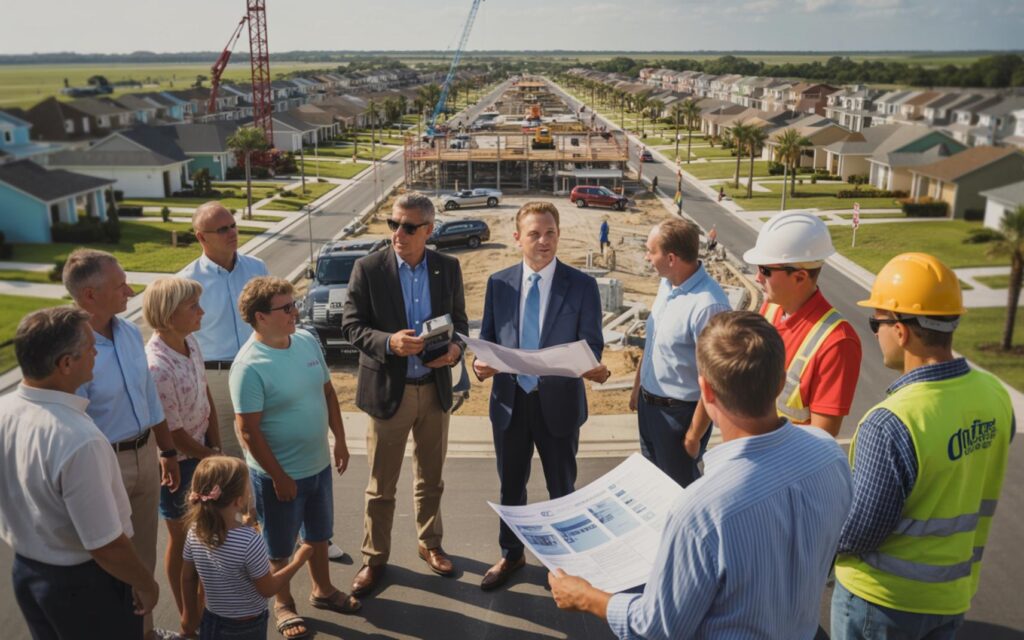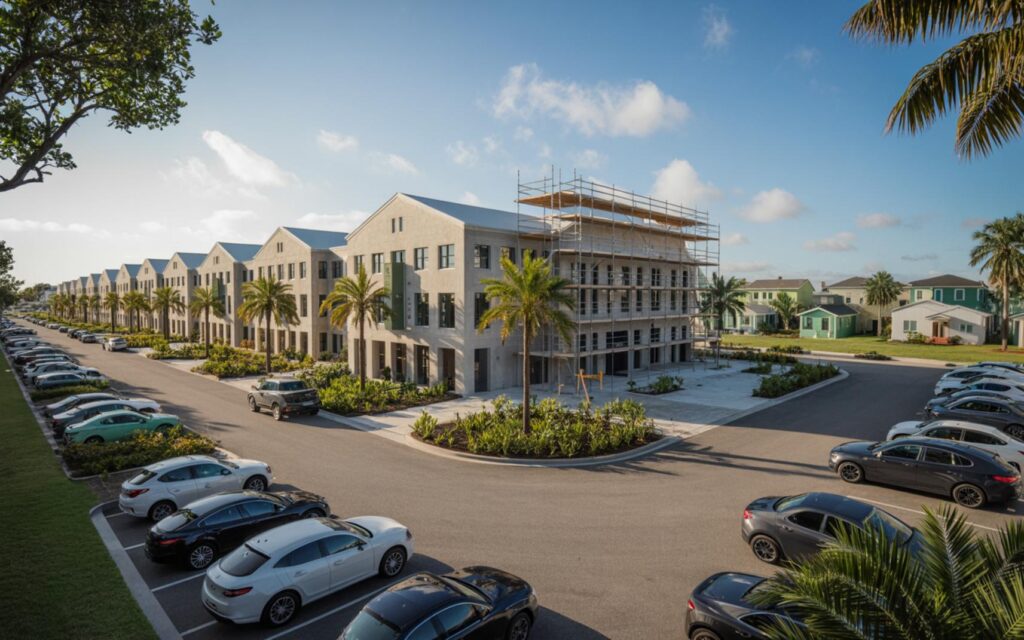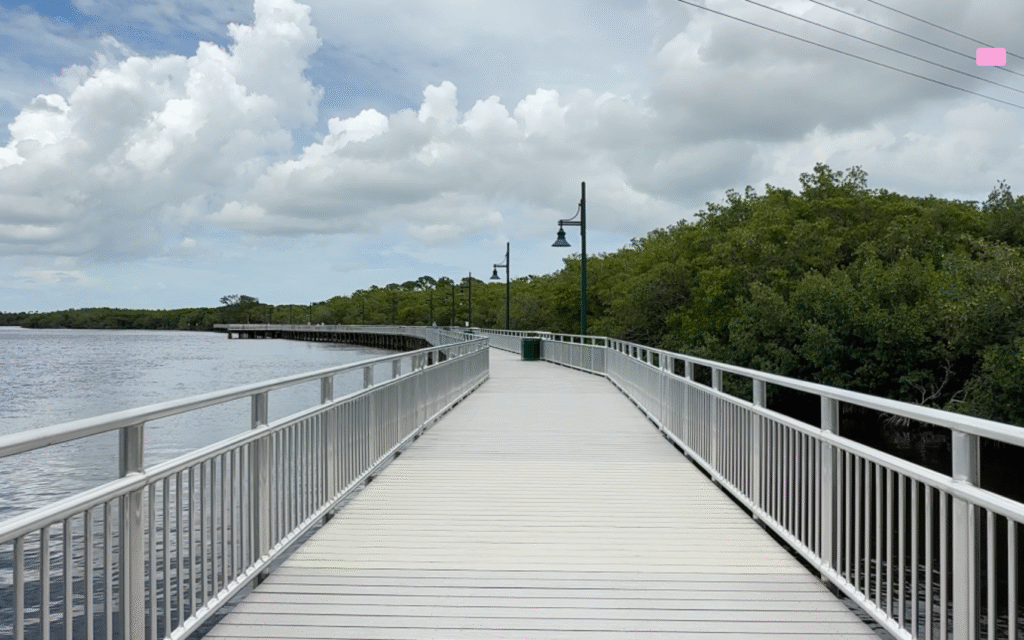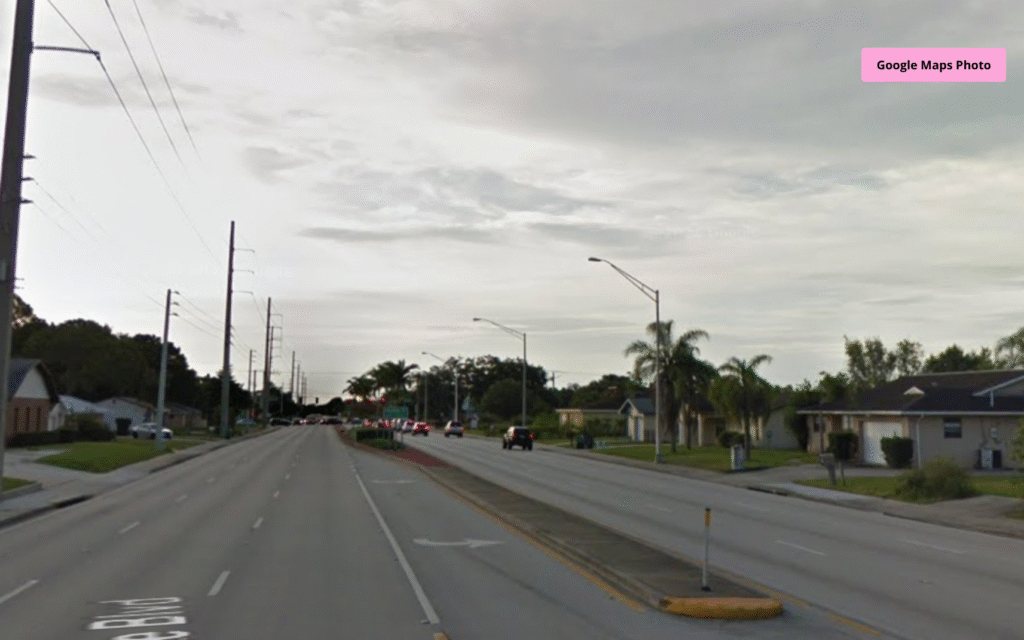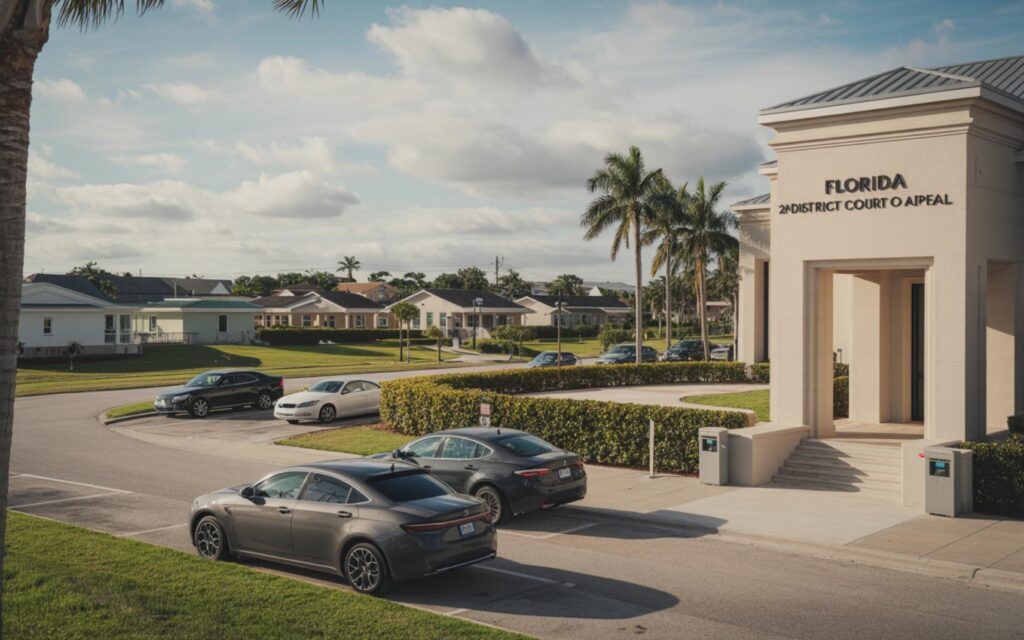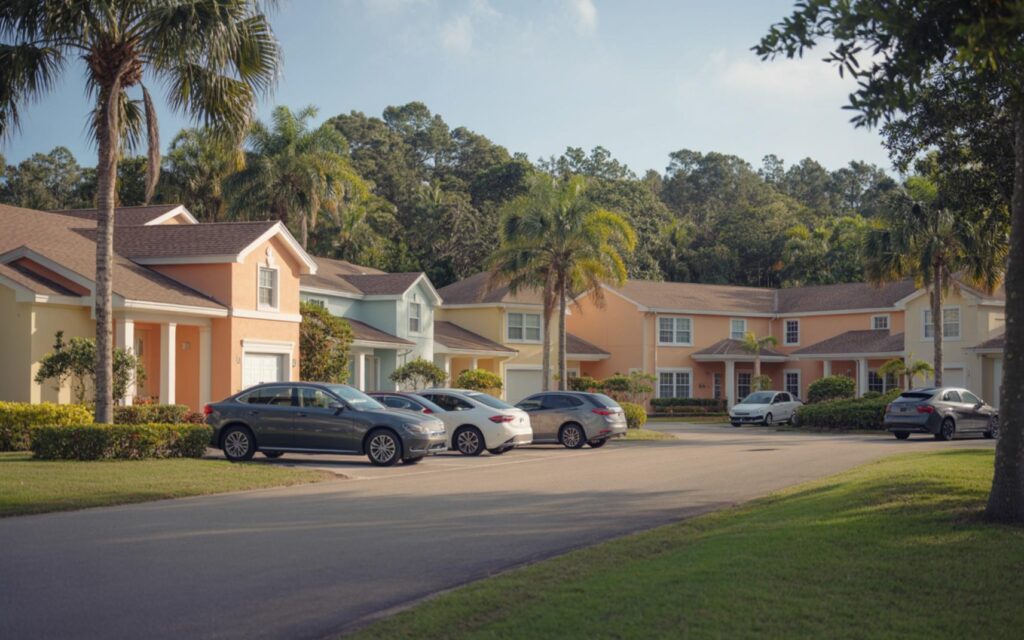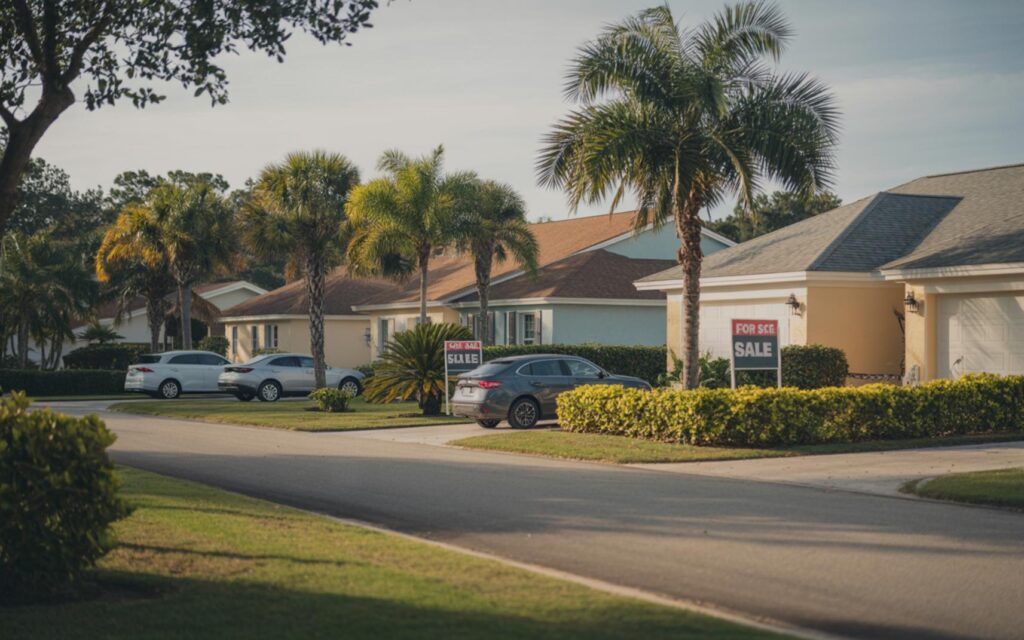Port St. Lucie population growth is outpacing Miami in 2025, making it the fastest-growing major city in Florida by percentage among cities with more than 20,000 residents. According to recent estimates, Port St. Lucie’s annual growth rate is approximately 4.8%, compared to Miami’s 3.5%.
Port St. Lucie Population Growth Surpasses Major Florida Cities
In 2025, Port St. Lucie is projected to reach a population between 266,200 and 271,500. This marks a significant increase from about 205,000 residents in 2020. In comparison, Miami’s population is expected to be between 488,600 and 498,000, up from 442,000 in 2020. While Miami remains larger in total population, Port St. Lucie leads in percentage growth among Florida’s major cities.
According to demographic data, Port St. Lucie now has nearly double the population of West Palm Beach and exceeds Fort Lauderdale in total residents. This rapid expansion highlights the city’s growing influence in the region.
Factors Driving Port St. Lucie’s Population Growth
Experts attribute Port St. Lucie’s population growth to several key factors. The city’s focus on single-family homes and suburban development has attracted families and retirees seeking affordability and more space. New housing developments, especially in the Tradition area, have played a major role in accommodating new residents.
The southern business corridor of Port St. Lucie, once expected to take decades to fill, has nearly reached capacity in just six years. City officials report this rapid commercial and residential development signals strong demand for space and jobs in the area.
Affordability and Migration Trends
Affordability remains a central reason behind Port St. Lucie’s appeal. According to local authorities, the city offers lower housing costs and more available land than other major Florida cities. Migration from more expensive urban centers, both within Florida and from out of state, continues to drive new arrivals.
Job creation in the southern corridor and throughout the city supports this growth, with businesses drawn by the expanding workforce and lower operating costs compared to larger metropolitan areas.
Comparison with Miami’s Growth
Miami’s population continues to grow, but at a slower percentage rate. The city’s expansion is fueled by urban density, international migration, and economic opportunities. However, Miami faces constraints from higher living costs and limited available land for new development.
According to state demographic reports, Miami’s absolute population increase remains larger due to its higher base, but the pace of growth is increasingly challenged by affordability and space limitations.
Broader Florida Population Trends
Florida as a whole continues to be a leader in U.S. population growth. Several cities across the state are among the fastest-growing in the nation. The overall trend shows a southward shift in the U.S. population center, driven by favorable tax climates, lifestyle preferences, and the rise of remote work.
Despite this growth, rising housing and insurance costs are starting to moderate the pace in some areas. Local officials note that managing these challenges will be important for sustaining long-term expansion.
Impacts on Infrastructure and Housing
As Port St. Lucie’s population grows, city officials and experts emphasize the need to address infrastructure demands and housing affordability. The rapid increase in residents places pressure on roads, utilities, schools, and public services.
Local authorities report that planning efforts are underway to expand transportation networks, utilities, and community amenities to keep up with demand. However, rising home prices and insurance costs present challenges for both new and existing residents.
Political and Economic Implications
The shifting population landscape in Florida could have political effects, including potential redistricting to reflect new population realities. This may impact representation in government and allocation of resources to growing areas like Port St. Lucie.
Economically, the city’s growth supports new business opportunities and job creation. However, experts caution that sustaining this momentum will depend on effective management of affordability, infrastructure, and quality of life for residents.
Frequently Asked Questions About Port St. Lucie Population Growth
What is the current population of Port St. Lucie in 2025?
Port St. Lucie’s population in 2025 is estimated to be between 266,200 and 271,500, according to official projections. This reflects significant growth from about 205,000 in 2020.
How does Port St. Lucie’s growth rate compare to Miami’s?
Port St. Lucie’s annual growth rate is about 4.8%, which is higher than Miami’s rate of 3.5% in 2025. This makes Port St. Lucie the fastest-growing major city in Florida by percentage.
Are there specific areas in Port St. Lucie driving the population increase?
Yes, the Tradition area and the southern business corridor are key drivers of new housing and job growth in Port St. Lucie. These developments have attracted many new residents and businesses.
Can you find affordable housing in Port St. Lucie compared to other Florida cities?
Port St. Lucie is known for offering more affordable housing options than many other large Florida cities. However, local officials note that rising home prices and insurance costs are becoming challenges for some residents.
Where are the fastest-growing communities in Port St. Lucie?
The fastest-growing communities are primarily in the western and southern parts of Port St. Lucie, especially near Tradition and the southern jobs corridor. These areas have seen rapid development and population increases in recent years.
